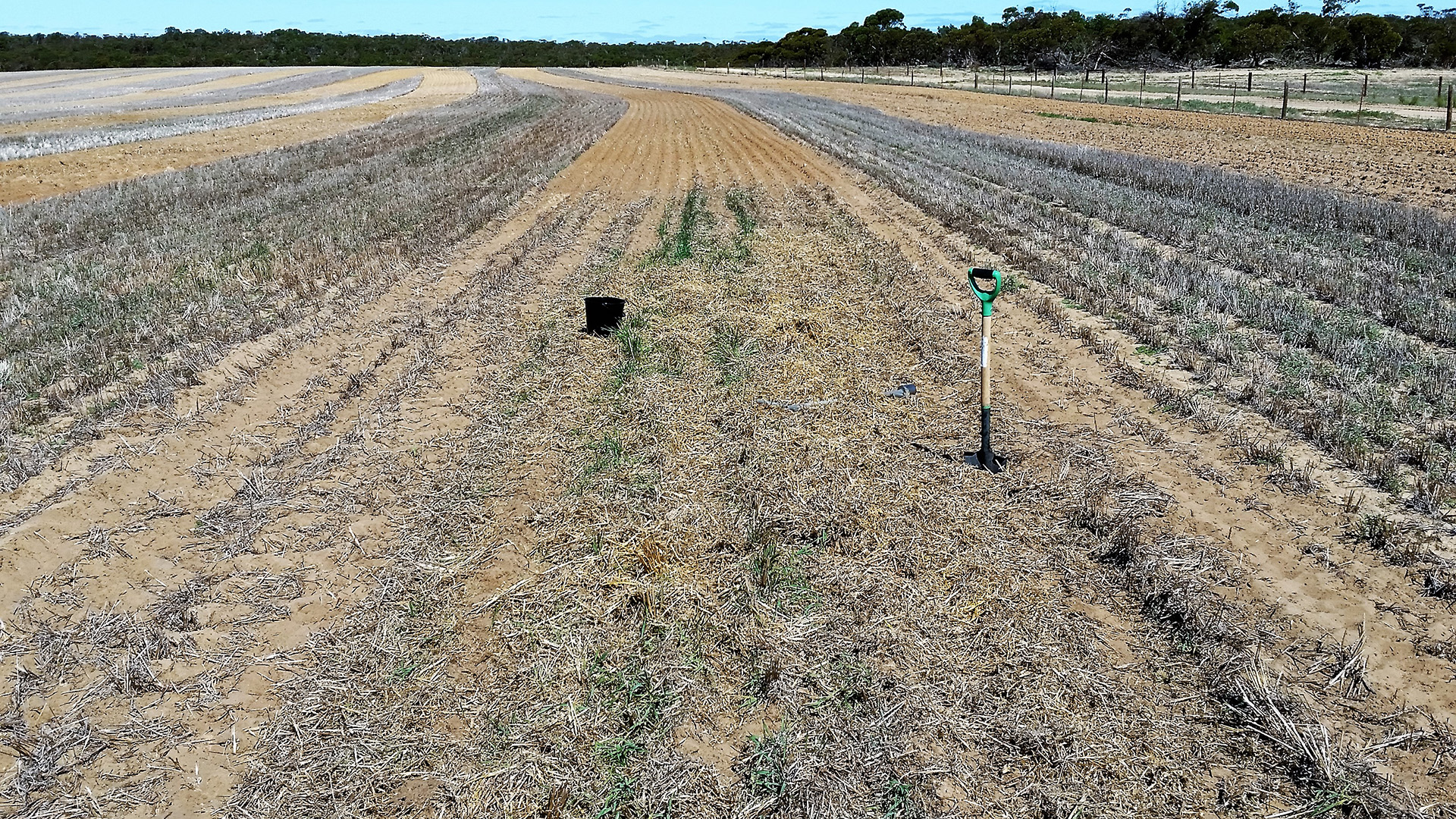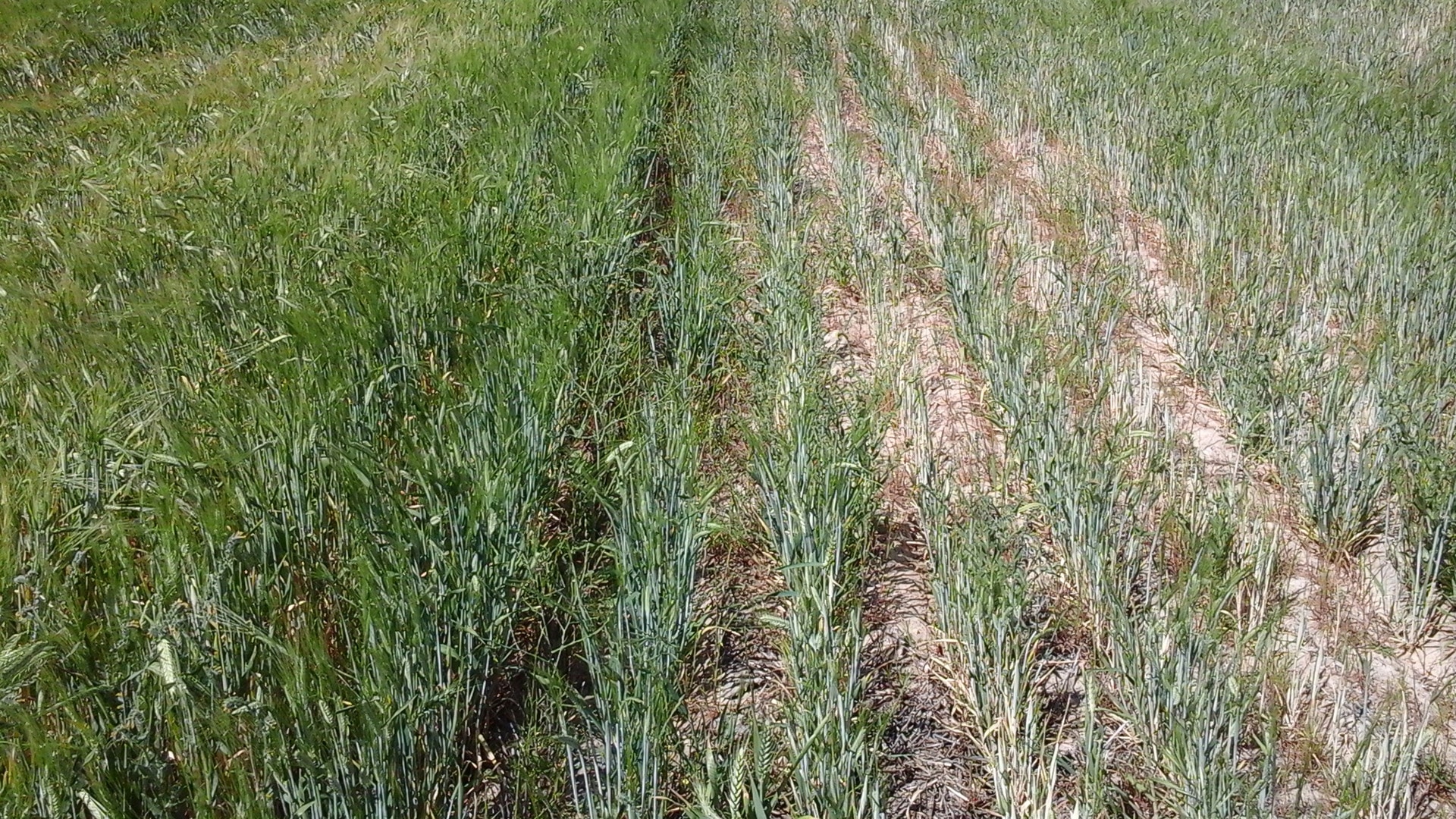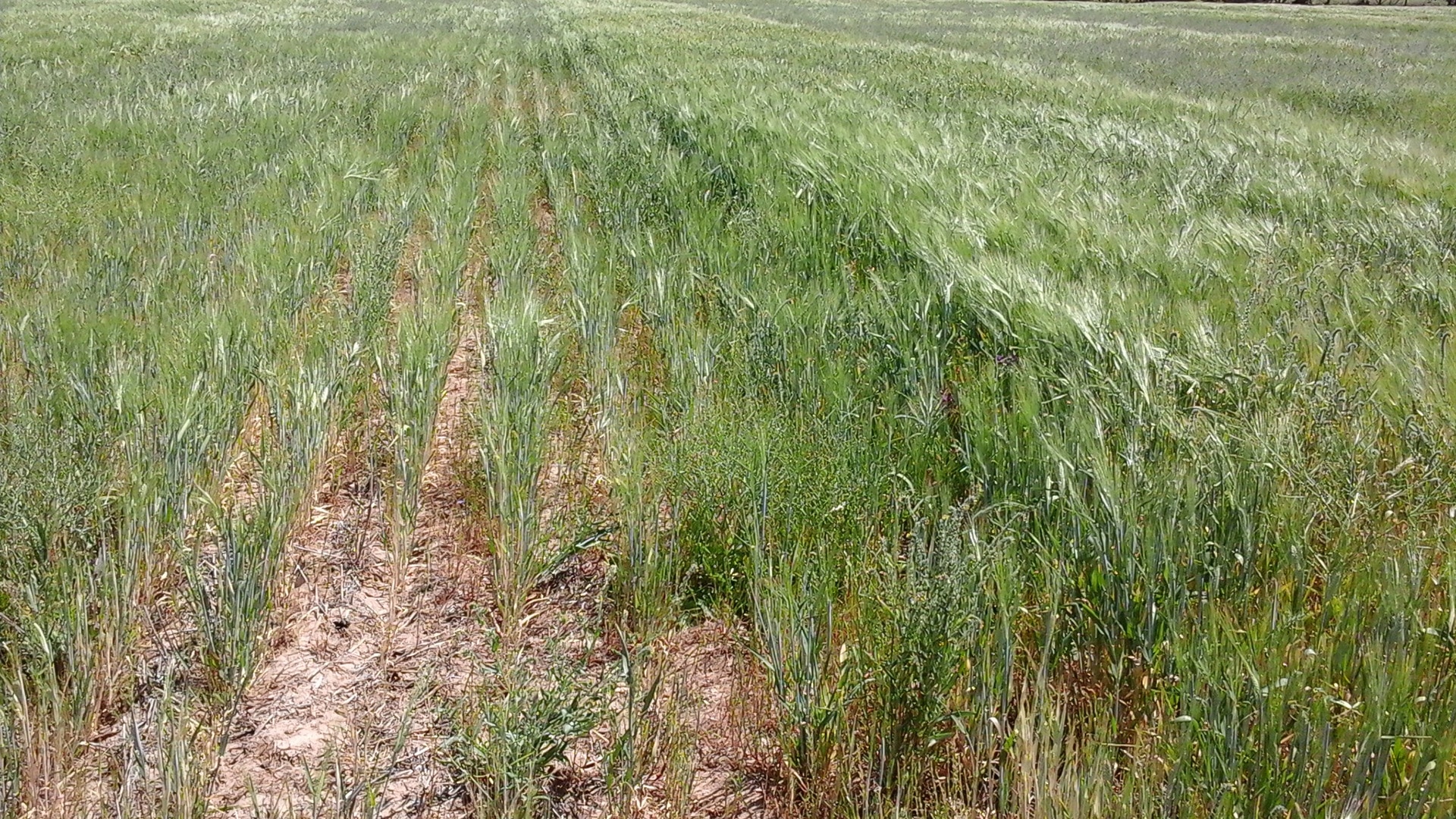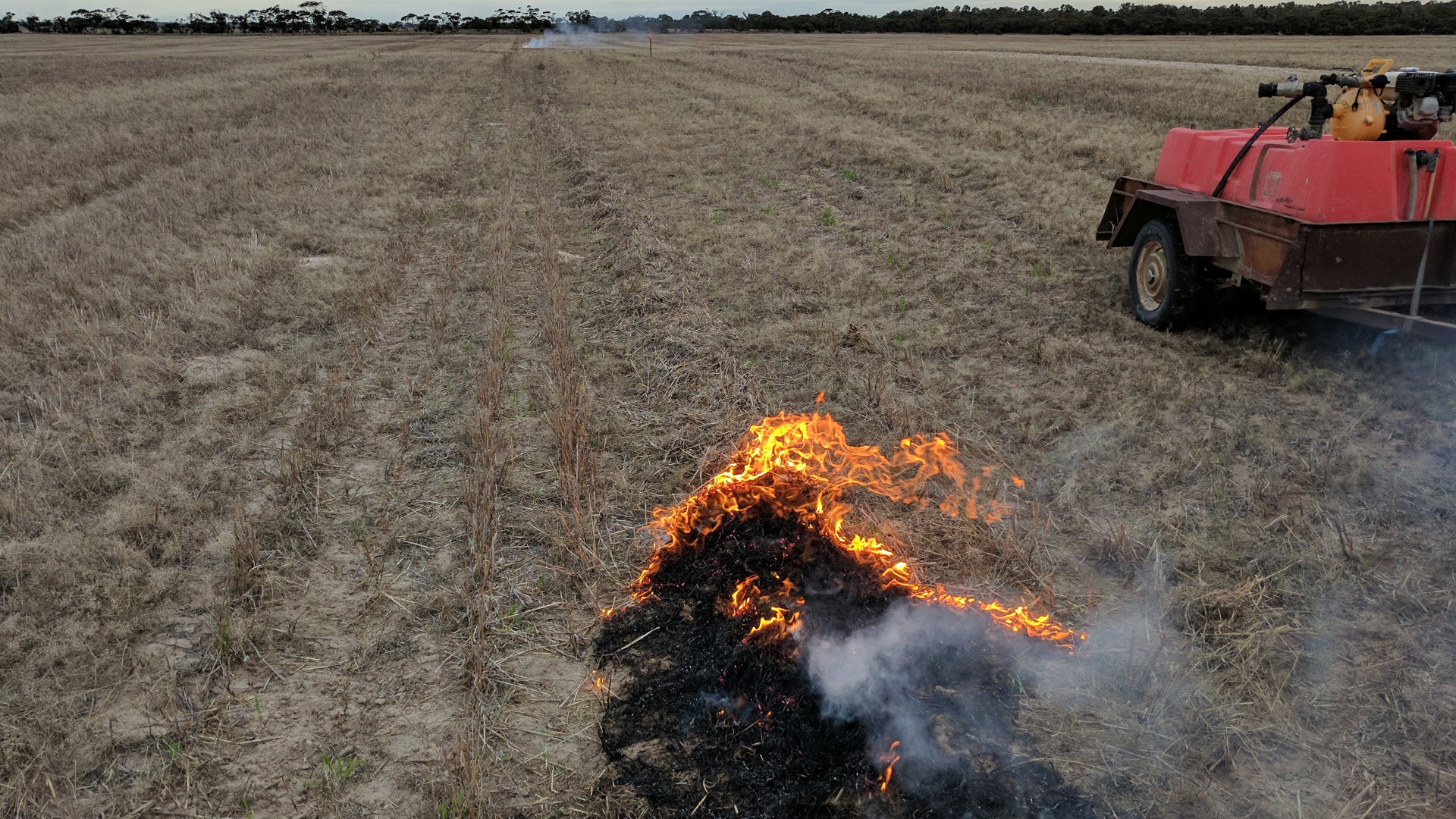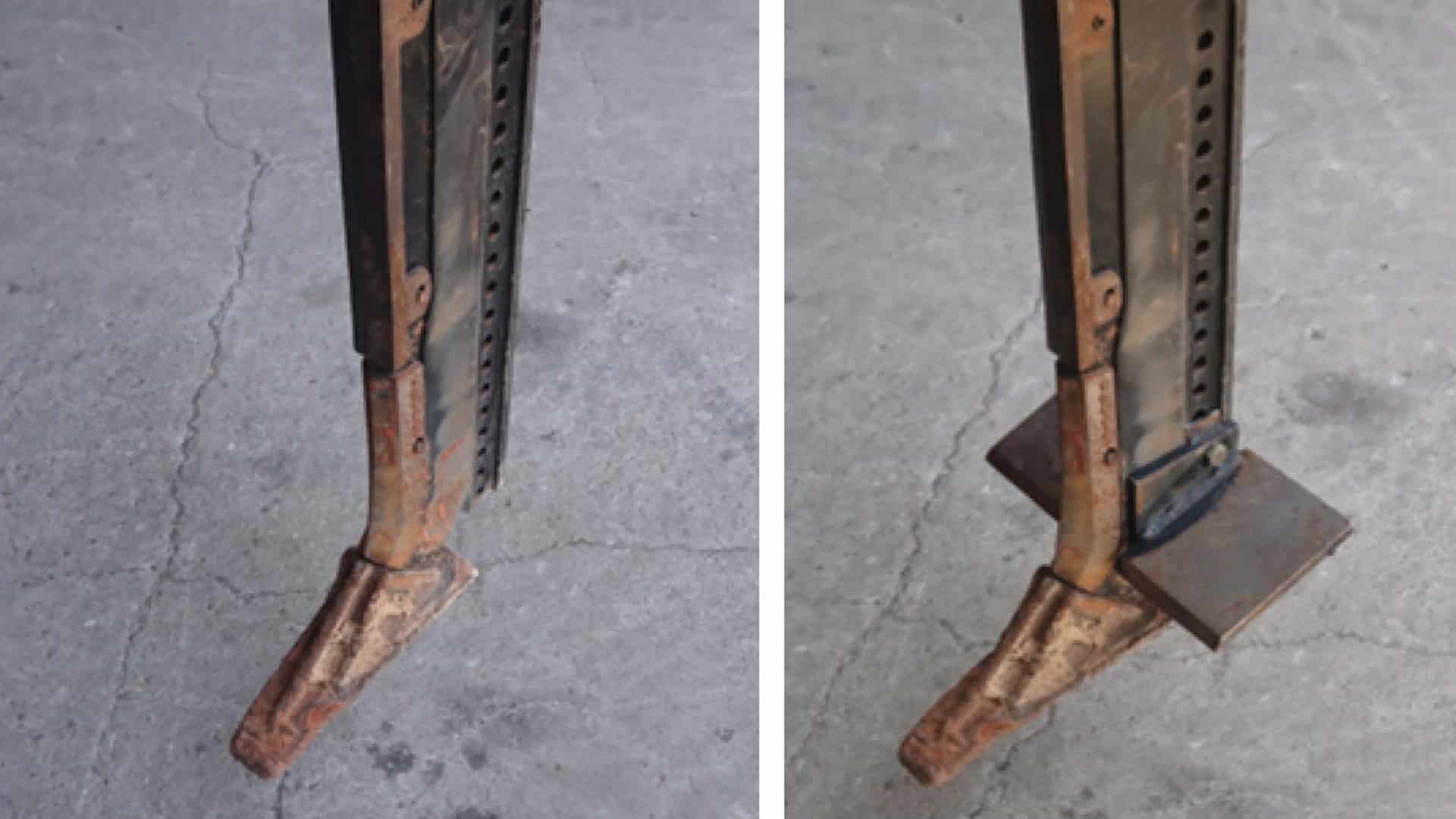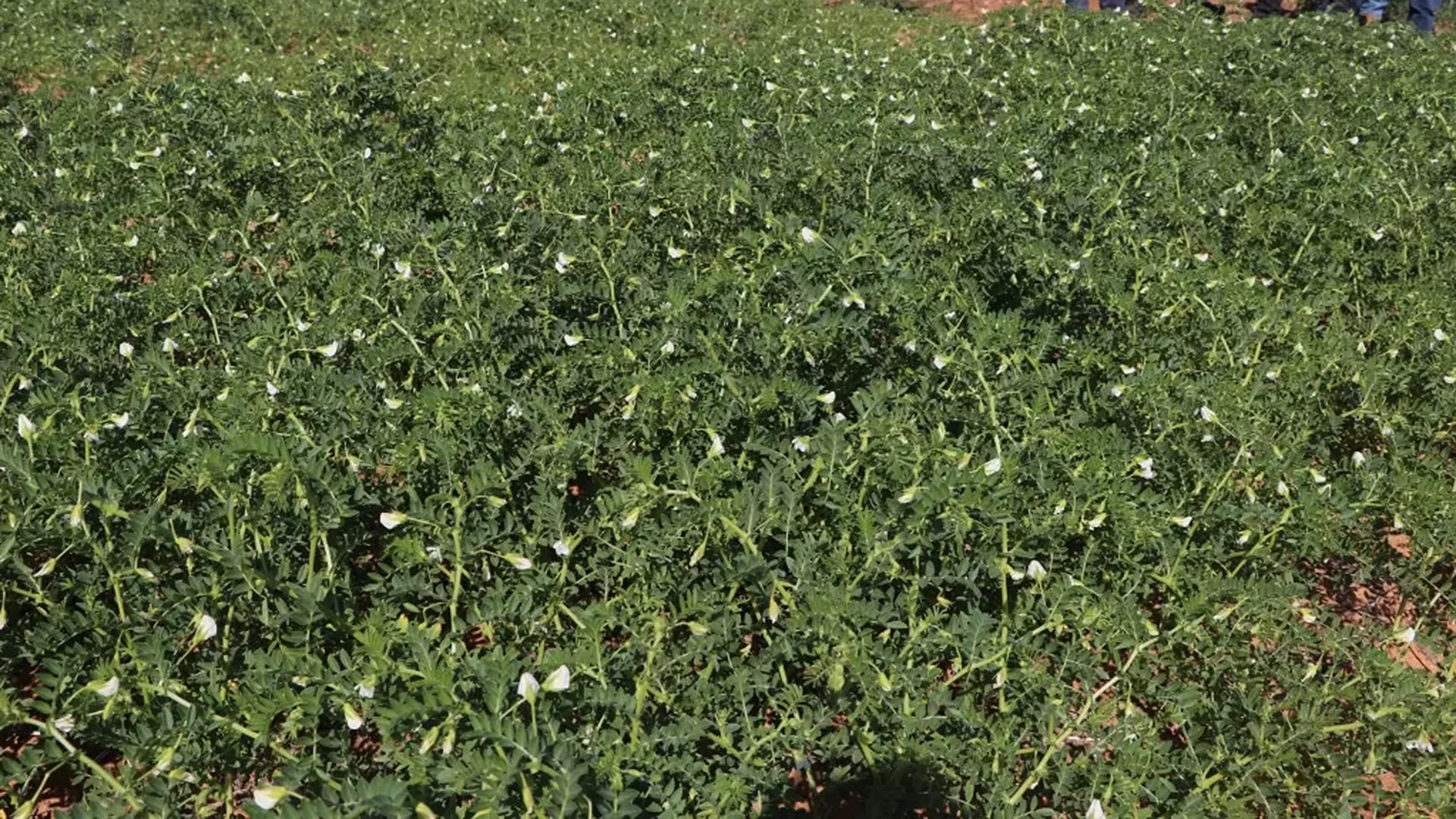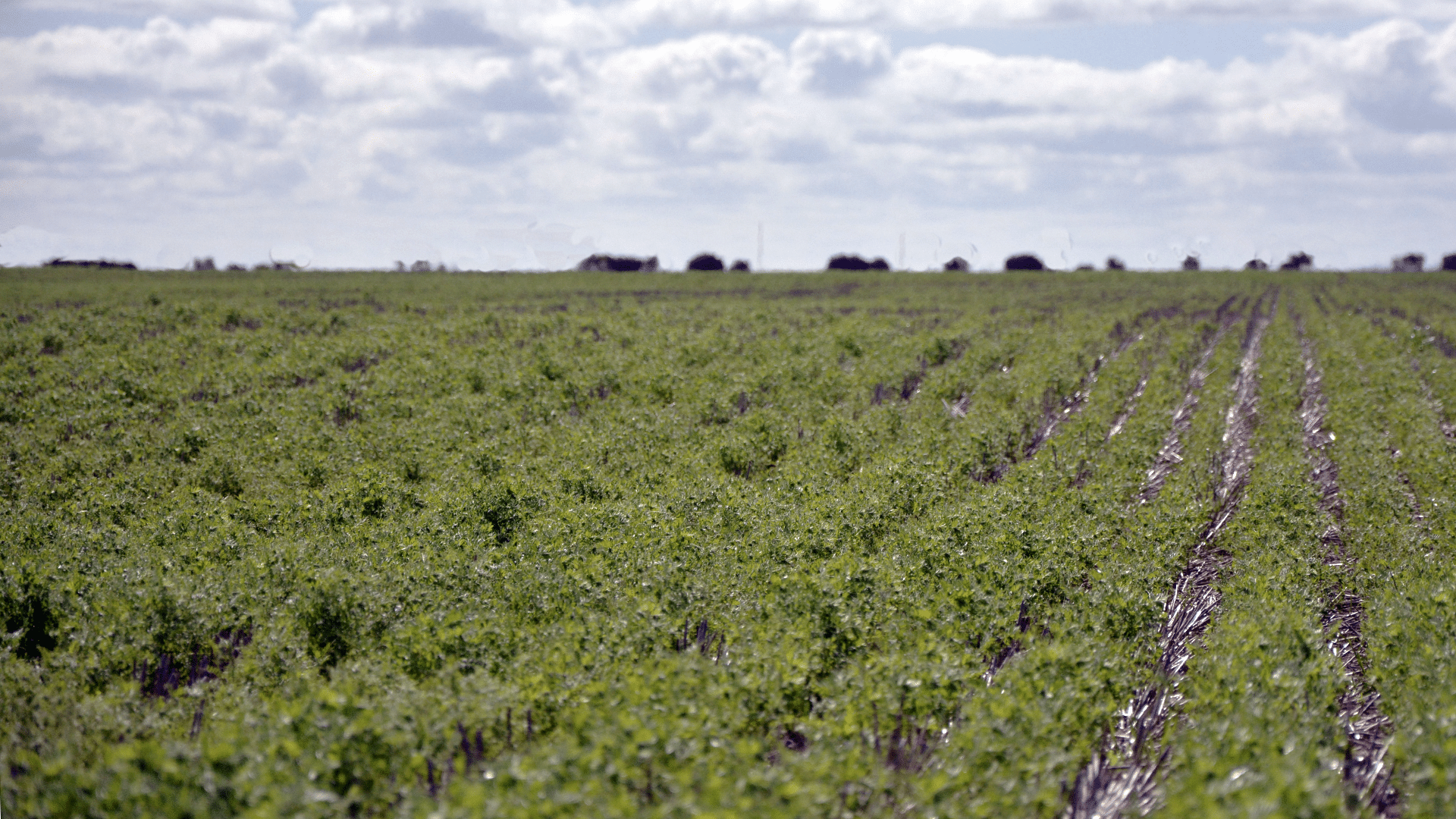START
FINISH
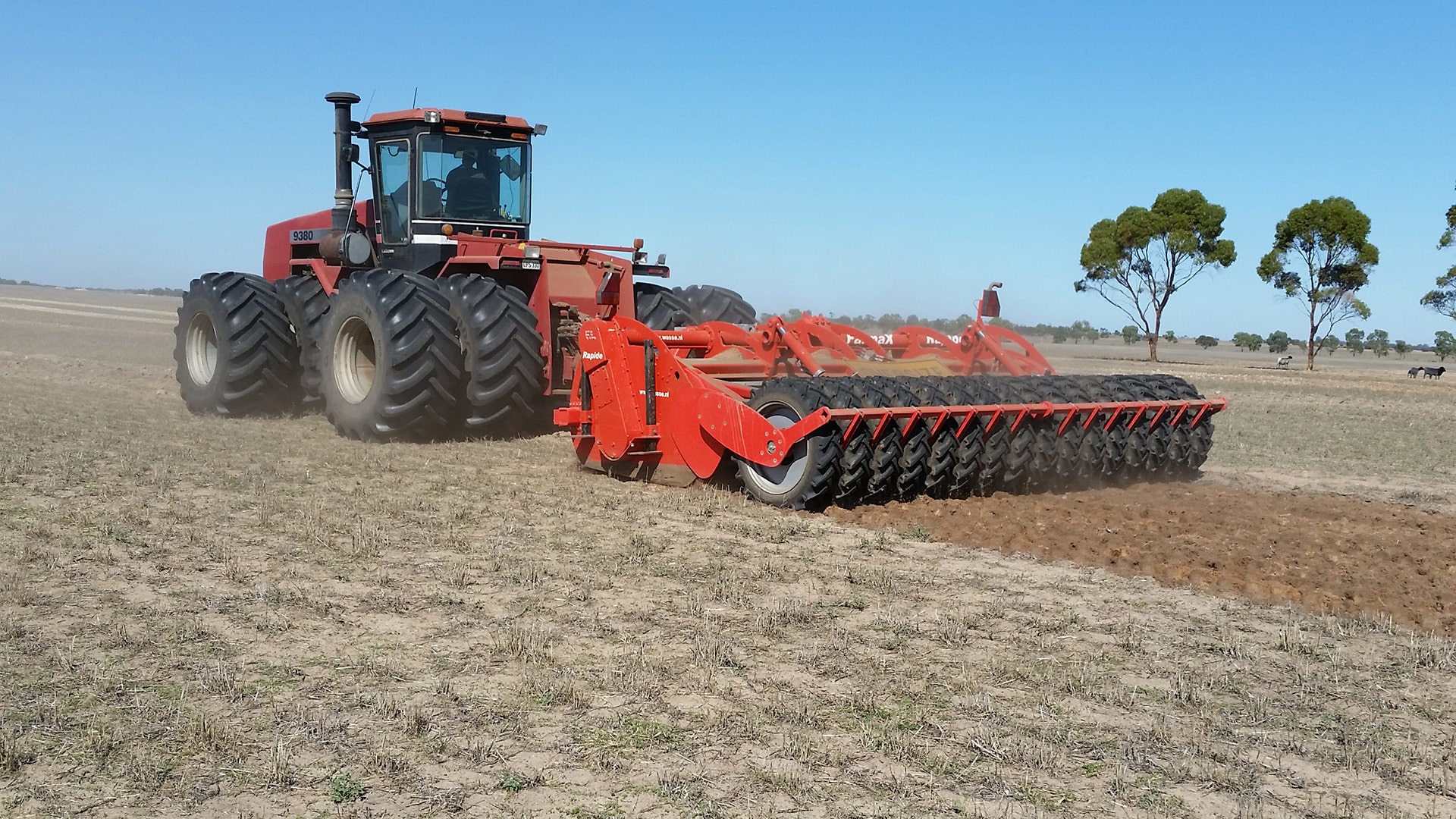
Summary
Spading header rows (chaff lines) on both sandy and heavy soils of the South Australian Mallee could bury weed seeds, ameliorate soils and improve soil health.
Different treatments compared spading and spading with fertiliser, to burning and composting header rows.
Over several seasons, spading was shown to be ineffective for reducing ryegrass germination. However, the process was found to improve soil health and structure, leading to stronger crop competitiveness, yield gains and an economic advantage.
The soil erosion risk was found to be easily managed.
Background
The South Australian Mallee presents a challenging environment for cropping, with low annual rainfall and a mix of swale and sandy dune soils with poor moisture and nutrient retention.
Grass weeds, especially ryegrass and brome grass, consume available soil resources leading to reduced crop yields. Chemical weed control is costly and it was thought spading header rows (chaff lines) could improve both weed control and soil health.
Research Aims
This project aimed to assess whether spading headers rows could:
- Provide practical, effective and affordable non-chemical grass weed control within continuous cropping systems in the SA Mallee.
- Profitably improve soil health and crop yields.
In The Field
Along with substantial landowner involvement, this project received valuable support from SARDI and NRM officers, Elders staff and local work experience volunteers.
Sand and flat trial sites were established in three paddocks representing different crop rotation phases. Spaded header row, spaded header row with high nutrition (100 kilograms per hectare mono-ammonium phosphate (MAP) and 200 kg/ha urea), burnt header row and control treatments were applied in three replicates for each site.
Surface and deep soil tests were taken in June 2019 (approximately two years after the site treatments were first established). These tests showed that spading diluted organic carbon levels at the surface but increased organic carbon by 0.1 to 0.2 percent at depth in low fertility sands. This was aligned to increases in the soil’s ability to retain and exchange moisture and nutrients, and slightly increase N mineralisation.
Soil penetrometer readings were taken in August 2018 and these detected reduced compaction at depths between 30 and 50 centimetres on sand plots.
Soil moisture probes were also placed in the spaded and control plots on two of the sand sites where stubble and topsoil had been spaded to a depth of 40cm. These showed that more rainfall was held within the crop root zone and used later in the season. By comparison, a 40mm rainfall event penetrated to 30cm in the control plots but was all lost within six weeks.
Results
The trials showed that spading header rows to bury seed does not provide effective ryegrass control.
Clear soil improvements resulted from the spading treatments, including increased available moisture storage in deep sands and increased subsoil nutrition. Spading also ameliorated subsoil compaction, allowing roots to access deeper soil moisture and nutrient reserves.
There was an average yield gain across the trial sites. Income gain averaged $125 per hectare per year over the control treatments on both sands and flats, and it was calculated that these gains would more than cover the cost of spading equipment and operation for a 1,500 hectare cropping program.
The increased crop competition also delivered a degree of ryegrass suppression.
Spading without nutrition was the most profitable treatment. However, spading with high nutrition delivered faster breakdown of organic matter and generally higher yields, which did compensate for the added input costs. Potential nutritional benefits were not realised due to very low spring rainfall in 2 of the 3 seasons.
A complete Final Trials Report is available here.
Project Participants
Insight Extension for Agriculture: Dr Christopher McDonough
Landowners: The Hayward family
The Problem
Grass weeds compete for valuable nutrients and moisture in the sandy soils of the SA Mallee.
The research
Spading header rows could deliver non-chemical weed control with benefits for soil health, structure and improved yields.
More information
Dr Christopher McDonough, IEA
T: 0408 085 393
E: [email protected]
Value for Growers
This project has shown that although spading header rows is not effective for controlling ryegrass, the practice is still likely to offer Mallee farmers a reliable yield advantage and return on investment.
Spading with or without including high nutrition can improve moisture retention and available nutrients in sandy soils, while spading also reduces compaction allowing roots to penetrate deeper.
By moving spaded rows over several seasons (e.g. three 4-metre strips for a 12 metre header width), a whole paddock surface can be spaded over a three-year period with minimal erosion risk.

